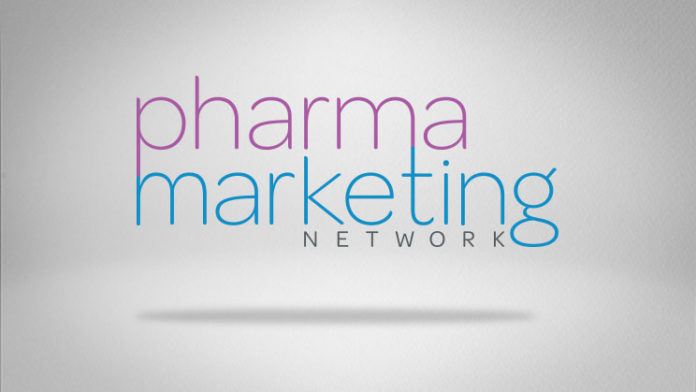 That’s the title of the book I plan to write based on a presentation I gave yesterday to an audience of about 30 people at IIRUSA’s “THE Pharmaceutical Marketing Event.” See “Web 2.0 Tricks for Pharma Marketers to Be Revealed September 19 in Philadelphia” for more information about this presentation.
That’s the title of the book I plan to write based on a presentation I gave yesterday to an audience of about 30 people at IIRUSA’s “THE Pharmaceutical Marketing Event.” See “Web 2.0 Tricks for Pharma Marketers to Be Revealed September 19 in Philadelphia” for more information about this presentation.
As a reminder, I revealed the secret to the perfect execution of the following four tricks:
Trick #1: Google “BAdwords”
Trick #2: Posing as a Consumer on Social Networks
Trick #3: Wikipedia Sleight-of-Hand Edit
Trick #4: YouTube “Consumer-Generated” Video
I’ve written comments about these tricks in this blog many times. You can search for the relevant posts.
The premise is this: pharmaceutical marketers are dummies/babes in the woods/etc. when it comes to pulling the wool over our eyes using Web 2.0 technologies like blogs, wikis, and discussion forums. They need, therefore, someone like me to explain to them step-by-step how to do these tricks without messing them up and getting caught by the FDA, bloggers like me, or the press.
The truth of the matter is that anyone can perform these tricks in broad virtual daylight and get away with it. There’s really nothing “illegal” about it. It’s just harmless fun.
Although the audience was small — about 35 people — I was a bit nervous because most of them worked for pharmaceutical companies and some for companies that I would be talking about. I should have performed my “shoe” trick to start off and lighten the mood (the trick involves guessing where someone in the audience got their shoes — want me to guess where you got the shoes your wearing?).
Google “BAdwords”
Let’s revisit the Google “BAdwords” Trick, which got the most feedback from the audience yesterday.
I first presented the story behind this trick in the classic posts “The Girl from Google” and “Lunesta, Google, and BAdwords.”
Here’s the “BAdwords” trick I presented:
What consumers online see (click it to enlarge and read):
 This ad, IMHO, is “tricky” for several reasons:
This ad, IMHO, is “tricky” for several reasons:
- Improper indication: Enbrel is specifically approved for the treatment of “moderate-to-severe plaque psoriasis,” which is much more specific than “psoriasis”
- Lacks fair balance
- No generic name (etanercept); merely a technical violation
The real “trick” is getting away with broadening the approved indication of the drug by implying that it is approved for all forms of psoriasis. The other points are really moot since the FDA has never cited other Google adwords that used these “tricks.”
But the ultimate trick is making sure the FDA does not see the tricky version of the ad, but another, more acceptable, version.
What the FDA sees (if it were looking):
 This ad is less “tricky” and probably will pass muster with the FDA because:
This ad is less “tricky” and probably will pass muster with the FDA because:
- Proper indication is given
- Still Lacks fair balance, but the argument can be made that this ad is part of a larger piece of information (product web site accessible in one click via link) that is NOT separate from the ad (the infamous “one-click rule” attributable to the FDA)
- Still has no generic name: But that can be forgiven in a URL
The Secret to Performing This Trick
It is quite easy to add, delete, or edit Google adwords instantly and never leave a trail! Well, there might be a trail, but only Google will have that information and it would probably take a court order to get it.
All you — or any low-paid summer intern that you hire — have to do is create 2 groups of adwords: one that is “violative” (ie, the trick ad) and one that is not. If your trick ad is outed by a blogger or reported to the FDA, instantly switch to the legit adword group! No one, least of all FDA, will be the wiser!
This trick requires some attention, but as I said, any summer intern can handle it! It’s CHEAP TOO!
 Why be a “Mister Nice Guy” when you can be a “Mean Hombre?” Learn the secrets to the perfect execution of these Web 2.0 tricks, which will be revealed in an article in the upcoming September issue of Pharma Marketing News
Why be a “Mister Nice Guy” when you can be a “Mean Hombre?” Learn the secrets to the perfect execution of these Web 2.0 tricks, which will be revealed in an article in the upcoming September issue of Pharma Marketing News
You can get this issue by subscribing. It’s simple, just click here to subscribe. The FREE subscription is made possible by email ads.
You can also buy the reprint after publication here.









![6 Digital Tools at the Center of Healthcare Digitalization [INFOGRAPHIC]](http://ec2-54-175-84-28.compute-1.amazonaws.com/pharma-mkting.com/wp-content/uploads/2021/04/6DigitalTools_600px-100x70.jpg)




